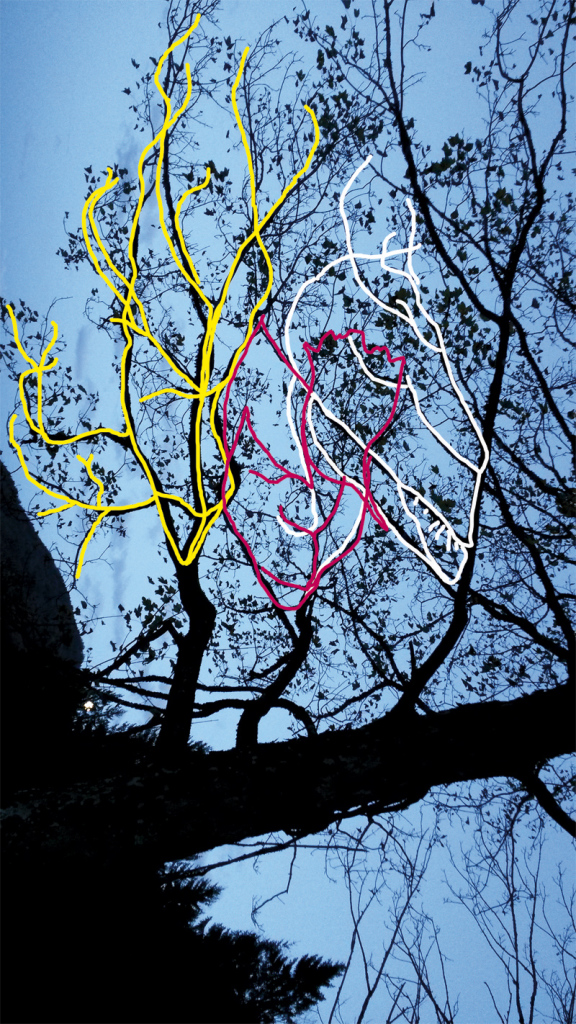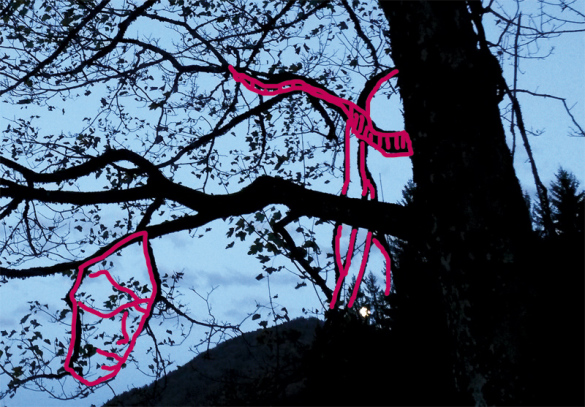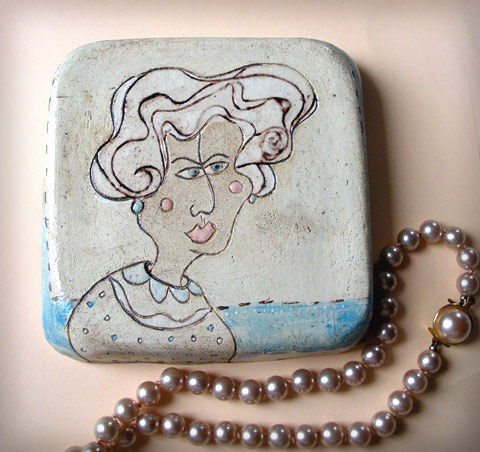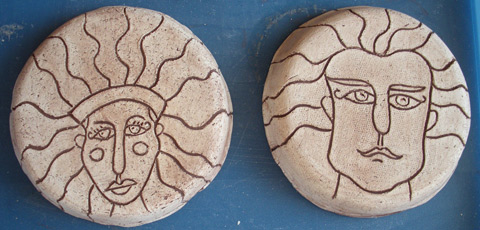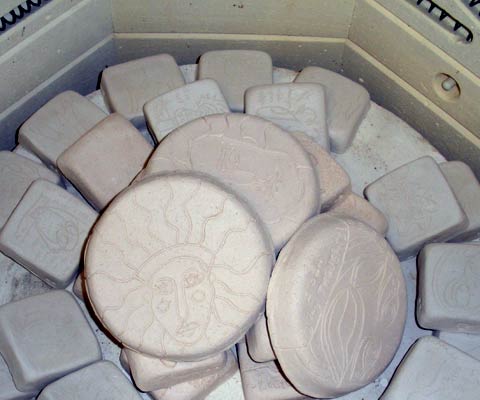 My cousin will move from Turin-Italy to China at the beginning of 2017. It has gotten me thinking about the early stage in which you move to a new country.
My cousin will move from Turin-Italy to China at the beginning of 2017. It has gotten me thinking about the early stage in which you move to a new country.
My home country is Venezuela, but i‘ve had to adapt to the U.S.A., Spain and Austria. You have to not only understand a new language, but you also have to learn how to interpret a whole new set of body language signs.
Like when some cultures nod, in what we western people would understand a yes, to mean no.
Our intimate moments, deep within our heads, translate into mimics. These gestures are conditioned by cultural and social learning. And they are also read according to our cultural and social backgrounds.
For example, how many interpretations of the face above would we find?
- Tiredness of living
- Sadness (maybe because my cousin is leaving Europe 😉 )
- Dissapointment
- Trying to listen to what someone is saying in the background
- Making a decision
I wonder what this face would suggest in Asia or Africa…
Are our cultures so different that we might interpret something totally different?
In my case, I was looking at this when I was drawing him…

So, this is my one sentence story:
„and so, he took the fish“
+ (Note: For inquiries, please contact me at art@atamayka.com) +



